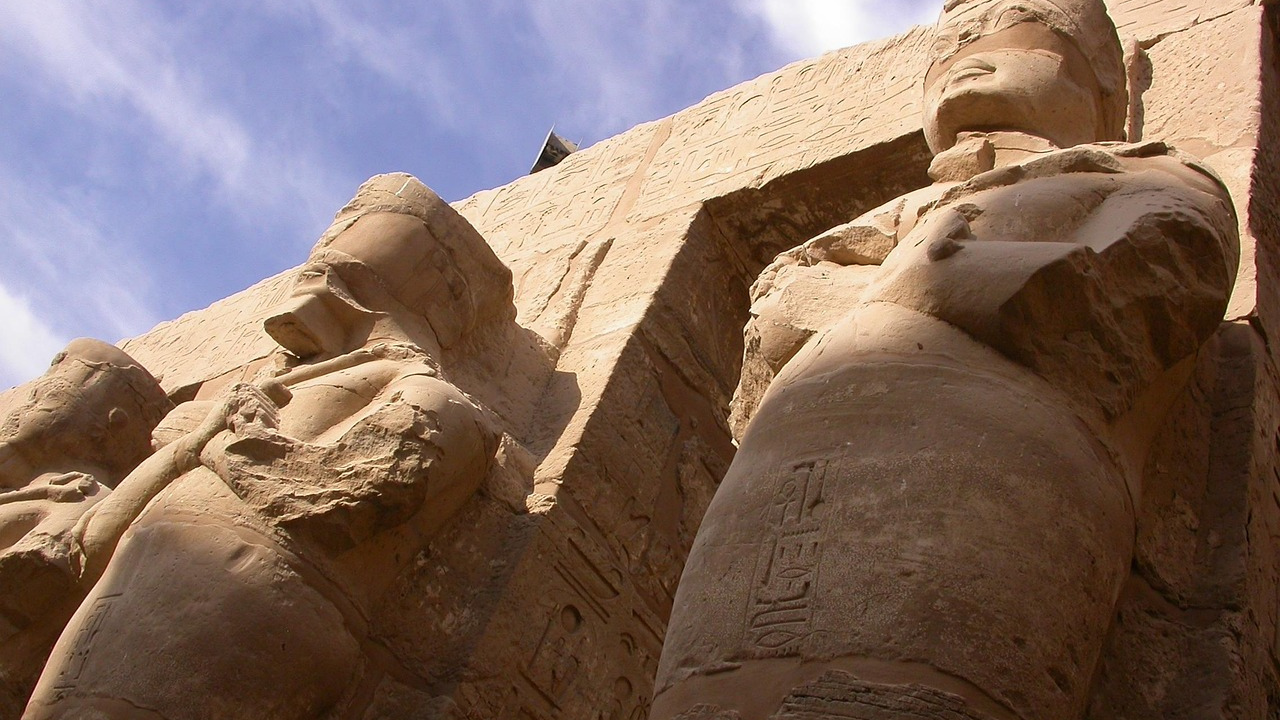
Vocabulary:
I will read the words, meanings, and sample sentences. Then, repeat after me.
- remarkable /ri-MAHR-kuh-buhl/
- exceptionally /ik-SEP-shuh-nuh-lee/
- meticulous /muh-TIK-yuh-luhs/
- revitalize /ree-VAHYT-l-ahyz/
- collaborative /kuh-LAB-uh-rey-tiv/
[adjective] – unusual or special and therefore surprising and worth mentioning
The museum has a remarkable collection of ancient coins.
[adverb] – in a way that is much greater than usual, especially in skill, intelligence, quality, etc.
The food at that restaurant is exceptionally good.
[adjective] – very careful and with great attention to every detail
The artist was meticulous in painting every line.
[verb] – to give new life, energy, activity, or success to something
The town built a park to revitalize the area.
[adjective] – involving two or more people working together for a special purpose
The two schools started a collaborative art project.
Article reading:
Please read the whole article. Then, I will check your pronunciation and intonation.
In June 2025, archaeologists uncovered a previously unknown tomb in Luxor, Egypt, during a routine excavation near the Valley of the Kings. The discovery was made by an Egyptian-American team working under the country’s Ministry of Tourism and Antiquities. The tomb is believed to date back more than 3,500 years to Egypt’s 18th Dynasty, a period known for powerful pharaohs such as Tutankhamun and Hatshepsut. The finding is remarkable because it adds new knowledge about burial practices and the artistic styles of that time. According to the ministry, the tomb likely belonged to a noble person who served in the royal court. Experts explained that tombs from this period are exceptionally rare and offer a deeper understanding of Egypt’s ancient history.
The discovery includes well-preserved paintings on the walls, pottery, and a wooden coffin. The archaeologists are now studying the site carefully to avoid damaging any materials. Specialists said that preserving the tomb requires meticulous work, especially because it had suffered from flood damage. The excavation team reported that the tomb could help researchers better understand the roles of non-royal individuals in ancient Egyptian society. The Ministry of Tourism and Antiquities said the find could also boost cultural tourism in the area, which is vital for the country’s economy. Many hope this new discovery will revitalize interest in Egypt’s past and encourage future research. This project is seen as a collaborative effort that shows the importance of teamwork between local and international experts.
The discovery includes well-preserved paintings on the walls, pottery, and a wooden coffin. The archaeologists are now studying the site carefully to avoid damaging any materials. Specialists said that preserving the tomb requires meticulous work, especially because it had suffered from flood damage. The excavation team reported that the tomb could help researchers better understand the roles of non-royal individuals in ancient Egyptian society. The Ministry of Tourism and Antiquities said the find could also boost cultural tourism in the area, which is vital for the country’s economy. Many hope this new discovery will revitalize interest in Egypt’s past and encourage future research. This project is seen as a collaborative effort that shows the importance of teamwork between local and international experts.
Discussion Questions:
I will read each question. Then, please answer them.
- Have you ever visited a museum or historical place? If so, what did you learn there? If not, would you like to go?
- Have you seen a news report about a discovery or excavation? If so, what was it about? If not, what do you want to discover?
- Do you agree that teamwork is important in making new discoveries?
- Why do you think it is important to protect ancient tombs even if they are very old?
- How can a discovery like this change people’s understanding of history?
Summarization
Please summarize the whole article using your own words and expressions. You will have one minute to prepare before you answer.
Describe:
Please explain the definition of each word listed below based on your understanding. You can provide example sentences if needed.
- archaeologist
- dynasty
- pharaoh
- society
- encourage